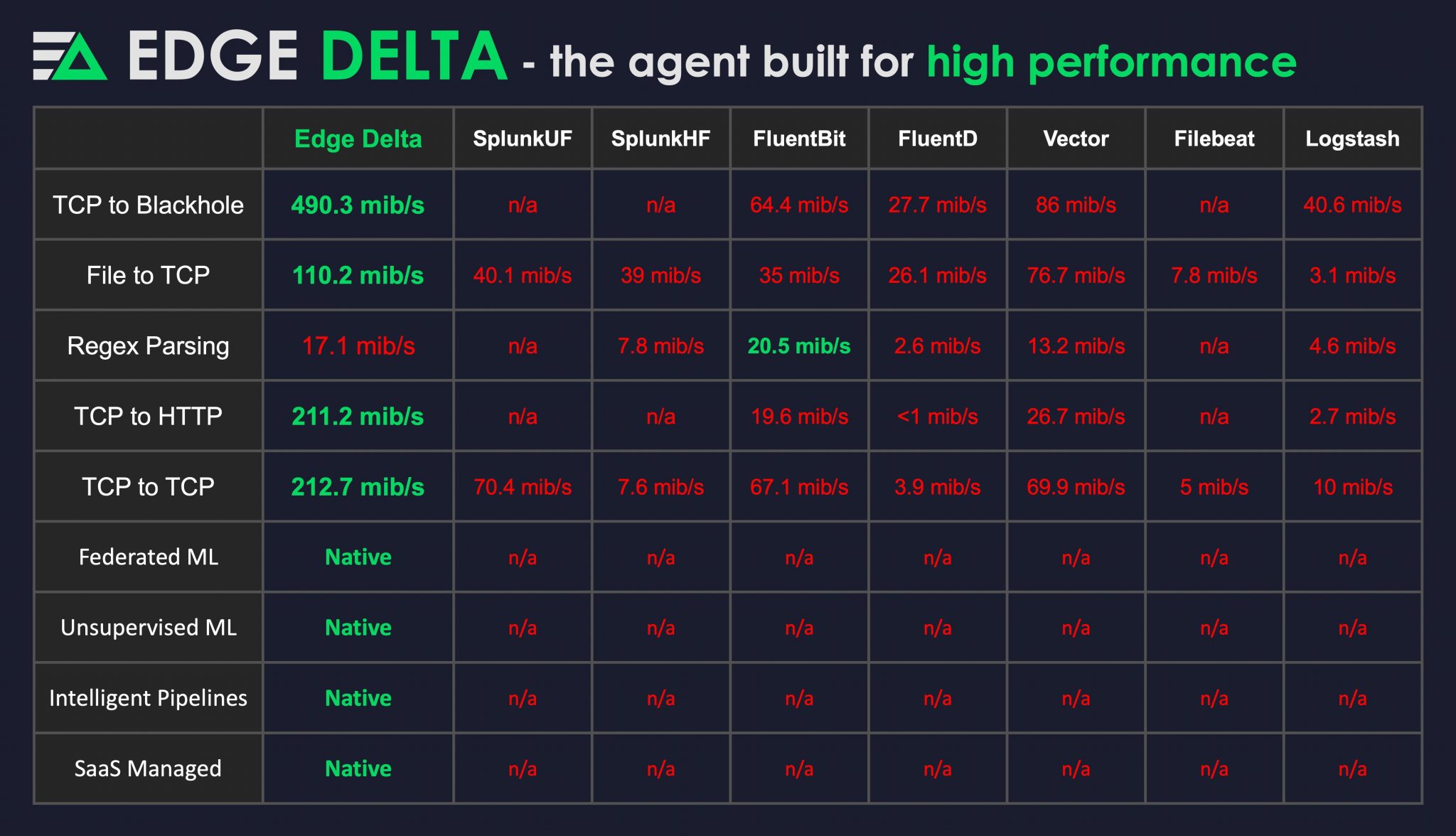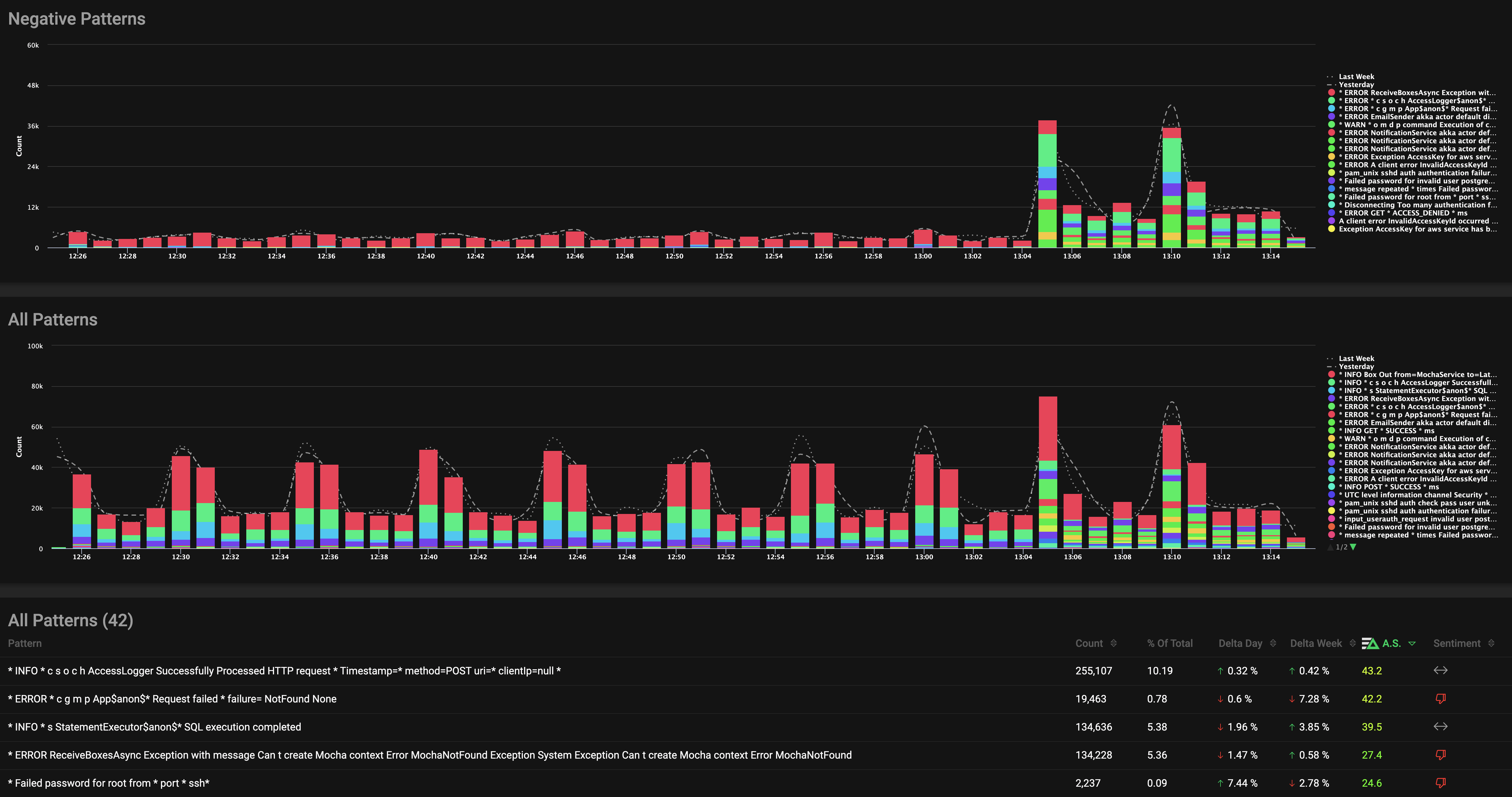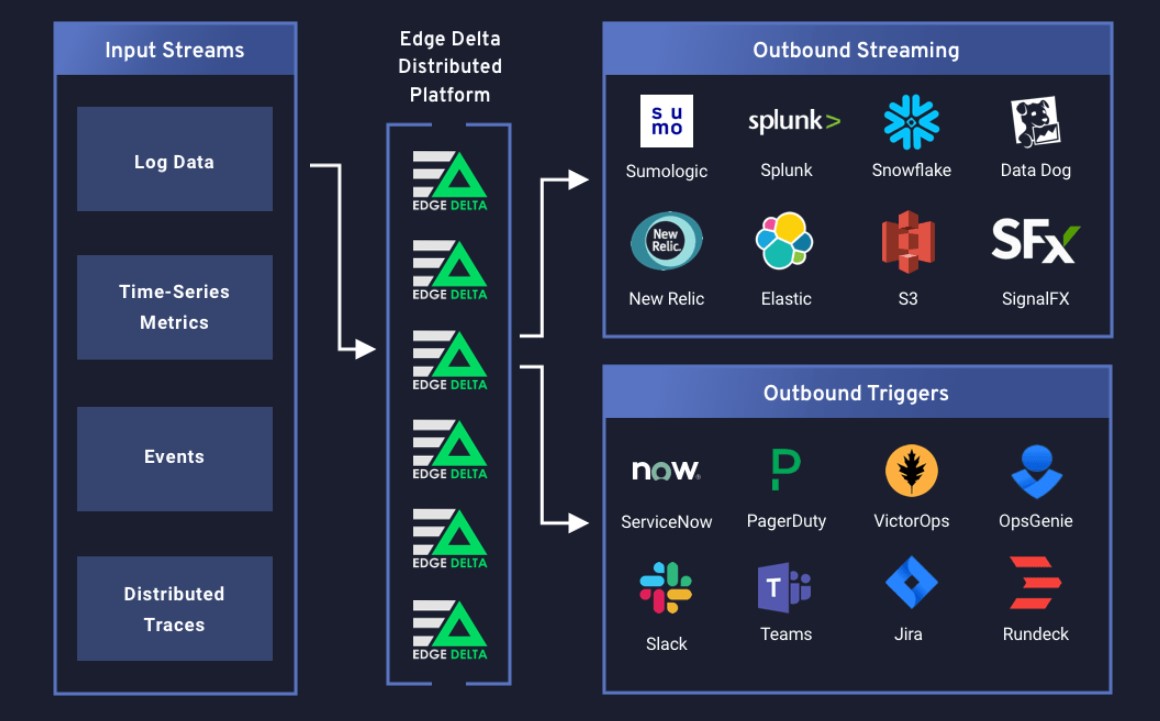Earlier this week, The Exchange wrote about the early-stage venture capital market, with the goal of understanding how some startups are raising more seed capital before they work on their Series A, while other startups are seemingly raising their first lettered round while in the nascent stages of scaling.
The expedition was rooted in commentary from Rudina Seseri of Glasswing Ventures, who said abundant seed capital in the United States allows founders to get a lot done before they raise a Series A, effectively delaying these rounds. But that after those founders did raise that A, their Series B round could rapidly follow thanks to later-stage money showing up in earlier-stage deals in hopes of snagging ownership in hot companies.
The idea? Slow As, fast Bs.
After chatting with Seseri more and a number of other venture capitalists about the concept, a second dynamic emerged. Namely that the “typical” early-stage funding round, as Seseri described it, was “becoming the atypical because of the rise of preemptive rounds [in which] typical expectations on metrics go out the window.”
The Exchange explores startups, markets and money. Read it every morning on Extra Crunch or get The Exchange newsletter every Saturday.
Series As, she said, could come mere months after a seed deal, and Series B rounds were seeing expected revenue thresholds tumble in part to “large, multi-asset players that have come down market and are offering a different product than typical VCs — very fast term sheets, no active involvement post-investment, large investments amounts and high valuations.”
Focusing on just the Series A dynamic, the old rule of thumb that a startup would need to reach $1 million in annual recurring revenue (ARR) is now often moot. Some startups are delaying their A rounds until they reach $2 million in ARR thanks to ample seed capital.
 While some startups delay their A rounds, others raise the critical investment earlier and earlier, perhaps with even a few hundred thousand in ARR.
While some startups delay their A rounds, others raise the critical investment earlier and earlier, perhaps with even a few hundred thousand in ARR.
What’s different between the two groups? Startups with “elite status” are able to jump ahead to their Series A, while other founders spend more time cobbling together adequate seed capital to get to sufficient scale to attract an A.
The dynamic is not merely a United States phenomenon. The two-tier venture capital market is also showing up in Latin America, a globally important and rapidly expanding startup region. (Brazilian fintech startup Nubank, for example, just closed a $750 million round.)
This morning, we’re diving into the Latin American venture capital market and its early-stage dynamics. We also have notes on the European scene, so expect more on the topic next week. Let’s go!
What’s hot
Mega-rounds are no longer an exception in Latin America; in fact, they have become a trend, with ever-larger rounds being announced over the last few months.
The announcements themselves often emphasize round size: For instance, the recent $100 million Series B round into Colombian proptech startup Habi was touted as “the largest Series B for a startup headquartered in Colombia.” This follows other 2021 records such as “the largest Series A for Mexico ” — $65 million for online grocer Jüsto — and “the largest Series A ever raised by a Latin American fintech” — $43 million for “Plaid for Latin America” Belvo.





